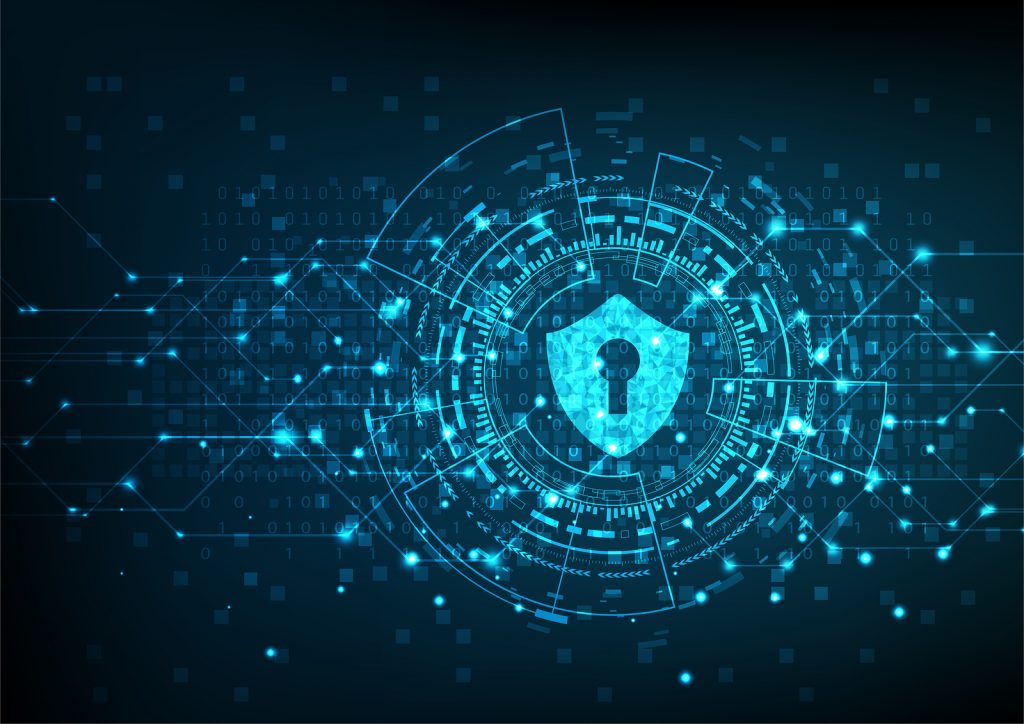How blockchain data is stored and secured?

Blockchain is now one of the fastest-growing and most talked-about technologies. As a result, many entrepreneurs are interested in how it works, its advantages for the business, and why it is so popular worldwide. If you can figure out what blockchain hash is, how data is stored, and provide ideal protection, you can radically change the approach to doing business.
What is blockchain?
Blockchain is a unique database that was originally used exclusively for the world of cryptocurrencies, but today has gained a lot of popularity worldwide. Unlike many other storages, blockchain has colossal functionality, is suitable for different purposes, and has many advantages.
The characteristic feature of this technology is that it works decentralized. The whole system does not have a place where all information is stored. All data is stored separately from each other in chains. All blocks are interconnected. Depending on the type of blockchain, there are public and private chains. In the first case, everyone can get all the data here, and in the second, access to the data is available only to the person who has the private key.
All data is stored in the system unchanged. Even the person who owns them cannot make a change. The system is built so that if the data is outdated and you want to add more recent data, you should create a new chain. All information will be stored in chronological order. It is advantageous if you want to track changes in statistics or understand how a company is developing as a whole.
Humanly manageable blockchain is usually suitable for systems with no internet connection and is crucial for running large enterprises or corporations.
IT company Devqode develops blockchain-based software. Here you can order application development, connect the technology to your network, as well as get advice on many issues related to the world of cryptocurrencies and not only.
The main advantages of using blockchain

Each company that has implemented blockchain in its work has already managed to evaluate the advantages of the technology:
- Decentralization;
- Ability to use cryptocurrencies;
- Ability to use smart contracts;
- Ability to store vast amounts of datum;
- Ideal data protection;
- Automation of many processes.
The blockchain can safely store all data, as it happens with other databases, and take on some of the responsibilities and perform various transactions. However, technology has one big drawback, and learning takes a lot of time.
How is information stored and a high level of protection provided?
Where is the blockchain stored? As already stated, the blockchain does not have one place to keep all the data. For the normal functioning of the technology, a whole network of computers is built, which are called nodes. The more such nodes, the more secure the system will be, but the longer the transaction will take.
Such computers can be stored in the same room or even rented from different users worldwide. It all depends on how complex the blockchain you need. Each such computer holds a full version of the blockchain, which is used as a backup. It is essential to understand that block chain storage should be as large as possible. The technology stores all data from the moment of its creation, so there must be enough space; otherwise, the system will fail, the node will not perform the necessary actions.

How does blockchain hashing work?
The computer used as blockchain data storage handles the ability to conduct transactions. Identifier checks:
- The amount on the sender's account;
- Verification of the amount that the sender wants to send;
- Exactly payment details of both parties;
- Transaction start time and other information if necessary.
After the node has verified all the data, blockchain hashing starts. The system generates keys that consist of numbers and letters of the Latin alphabet. This procedure is very similar to generating passwords on many modern sites. Finally, the two hashes of the transaction are combined, passed through a hashing algorithm, and create a unique hash. The process continues until only one hash is left, known as the root hash.
At the moment, such a system is used by well-known cryptocurrencies such as Bitcoin and Ethereum. It allows them to perform a huge number of secure transactions.
How do keys work in the blockchain?
After the nodes have verified the transactions, the system generates keys. Usually, there are private and public keys. Only the person who has both keys gains access to the chain can receive their money.
At first glance, this system is quite simple and even primitive, but everything is much more complicated. Because all data is stored in separate cells, millions of different locks can exist in the system. So, if hackers hacked into the recipient's computer and got both keys, this does not mean that they will be able to make money because they do not know which lock they belong to. Attackers can pick the lock manually, but it will take a considerable time.
Another advantage of blockchain is that attackers cannot intercept financial transfers. Since the database works decentralized, there is no typical scoreboard where all transactions registered are gone. If explained in simple words, then you cannot block transactions if you do not know about them. How can you catch a carrier pigeon if you can't tell someone sent it? If the sender and the recipient keep their mouths shut, the probability of interception will tend to zero.
Conclusion
Where is blockchain stored? The technology uses a relatively large system of computers that store all the information in the database, ensure existence, and allow you to check the legality of various operations. Nodes are also hashing to ensure maximum transaction security.
If you want to perform various operations using cryptocurrencies, you don't have to worry. At the moment, this system is one of the most secure in the world. Millions of users around the world have already seen this.
